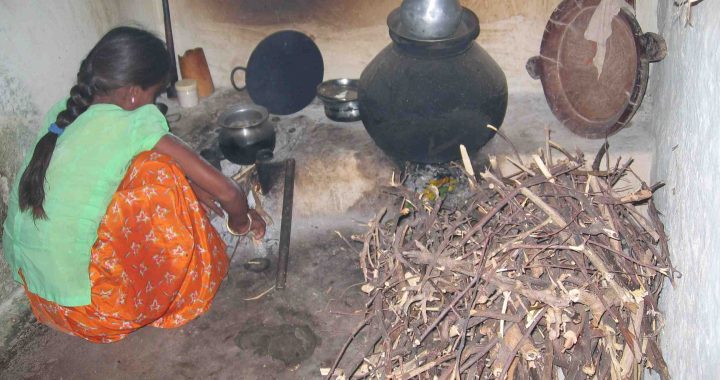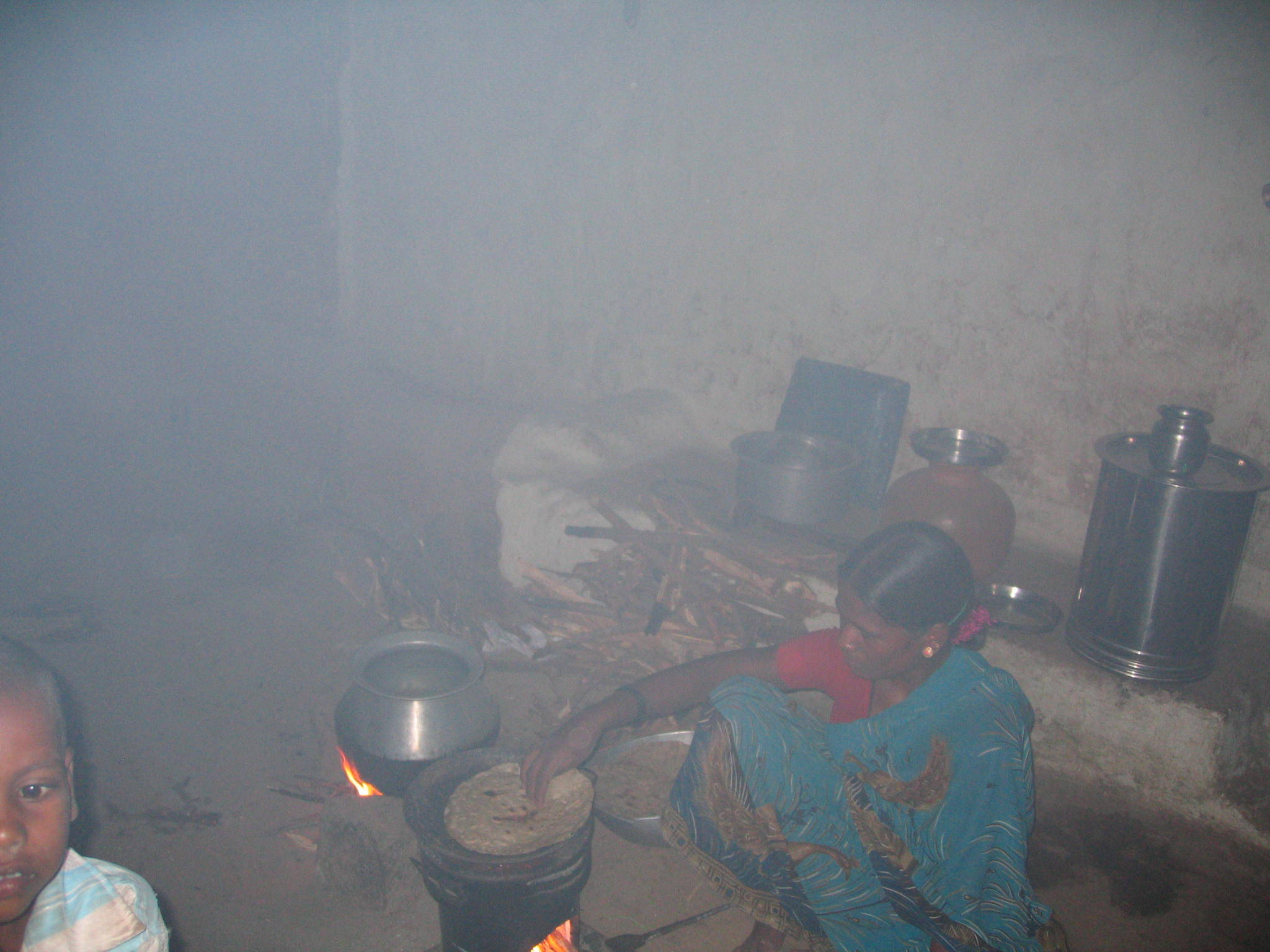Today I have the pleasure of introducing a guest blogger, Ms. Ther Aung (soon to be Dr. Ther Aung), a former employee of mine and now a Ph.D. Candidate at the University of British Columbia. Ther has an extensive background in industrial hygiene and public health and has just completed some fascinating research on a topic few of us are aware of - household air pollution. While her most recent research was done in India it is widely applicable to all developing countries.
This is an important topic. For those that are motivated take action - learn more and look for ways as to how you can help solve this very important public health and environmental issue. Now over to Ther....
Many of us city dwellers have experienced urban air pollution and know it to be a major issue especially in places with growing economies like in China and India. However, a lesser known problem but with much larger impact is household air pollution (HAP). Emitted from burning of biomass (wood, dung, agricultural crop residue) for cooking and space heating, HAP affects the health of 2.7 billion people who rely on poorly-vented indoor cook stoves or open three-stone fires to burn biomass fuels. The majority of this population resides in low- and middle-income countries, and mostly in rural areas. Whereas Beijing or New Delhi will get a bad press day for having bad air quality with levels of particulate matter less than 2.5 micrometers in aerodynamic diameter (PM2.5) exceeding 200 or 300 μg/m3, households burning biomass can have daily PM2.5 mean concentrations over 500 μg/m3 and can be as high as over 2,000 μg/m3!
Exposure to HAP was responsible for 2.9 million premature deaths and 81.1 million disability-adjusted life years in 2013. This is higher than deaths from malaria and tuberculosis combined. Exposure to HAP is associated with childhood pneumonia (acute lower respiratory infection), chronic obstructive pulmonary disease, lung cancer, asthma, low birth weight, cataract and tuberculosis. Long hours spent cooking and collecting fuelwood also translate into time and energy burden for women.
In addition to health impacts, biomass cookstoves emit climate damaging pollutants, such as carbon dioxide (CO2), methane (CH4), and black carbon (BC). While CO2 and CH4 are well-known greenhouse gas pollutants, researchers are starting to learn about the impact of BC on climate, now considered the second most important climate warming agent after CO2. Commonly known as soot, BC effectively absorbs solar radiation due to its characteristic dark color thereby contributing to earth’s surface warming. Studies have also found BC emitted from household biomass combustion can deposit on snow and ice in the Himalayas and Tibetan Plateau regions contributing to their faster melting, influencing local hydrological cycle with implications on water supply and agriculture in South Asia.
Effective interventions are urgently needed to move the nearly 40% of the world's population to cleaner burning technologies and fuels but many challenges remain. Many people lack physical and financial access to highly efficient stove technologies or fuels (e.g. LPG, electric). People may not adopt or discontinue use of intervention stove technologies if they do not fit with local culture and social practices. Despite an encouraging growth of intervention efforts in the last decade, their field-based evaluations remain limited, which means we have little knowledge of their effectiveness in reducing emissions, including BC, and improving health. This could present a problem as some intervention stoves have been shown to emit higher BC compared to traditional, open fire stoves.
Thanks for reading. Keep safe. Be healthy. Respect your environment.
I hope that you will bookmark the blog, share it with your colleagues and visit the blog frequently because you find it informative and helpful. I value your feedback and suggestions for future topics.
Please enter your email in the box at the top of the post and subscribe to our blog HSE Asia - our weekly blog will be emailed directly to you.
Photo Credits: Cookstove images courtesy of Ther Aung.
Ther is part of a interdisciplinary research group consisting of academic researchers and rural development practitioners assessing a cook stove change-out program in rural India. The Study is evaluating the first cook stove program approved under the Clean Development Mechanism (CDM) in India where traditional stoves will be replaced by increased efficiency stoves in return for carbon credits. Ther’s is evaluating if the intervention reduces health and climate relevant air pollutants, including particulate matter and black carbon, improves cardiovascular health, and reduces fuel wood use and its associated burden on rural households. Ultimately, she hopes to gain better understanding of the policy implications of climate funded projects and how health, climate, and rural development benefits can be maximized.
She has co-authored a chapter on global household fuel use with her supervisor, Professor Michael Brauer at the UBC School of Population and Public Health, for the World Health Organization’s (WHO) Indoor Air Quality Guidelines for Household Fuel Combustion. The WHO Guidelines will serve as an important policy and technical document for decision makers designing intervention methods to improve the lives of 2.7 billion people relying on traditional use of biomass for cooking.
For more information feel free to contact Ther at chawsu79@gmail.com.
- Silent Killers in Kitchens – Household Air Pollution - October 18, 2016

